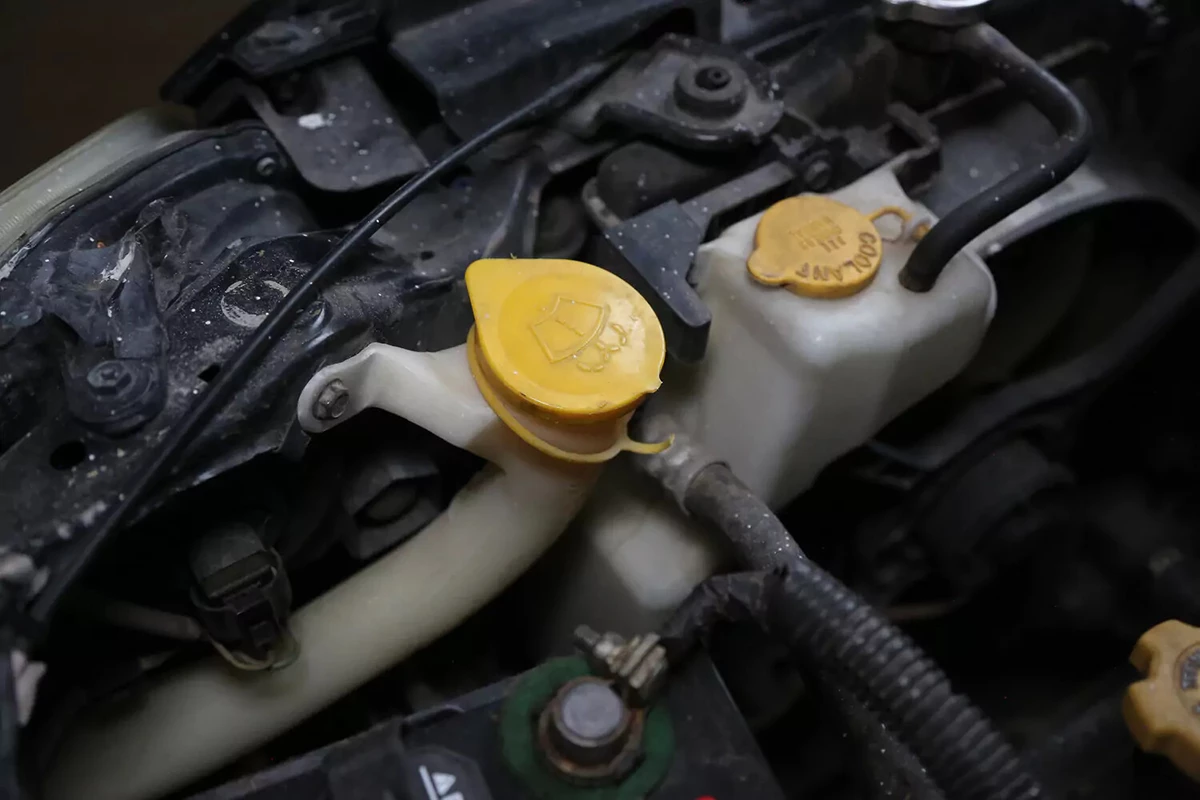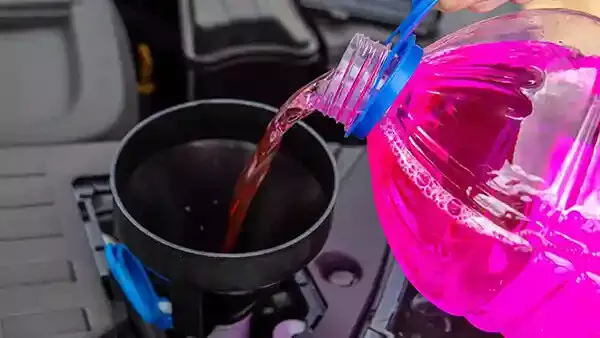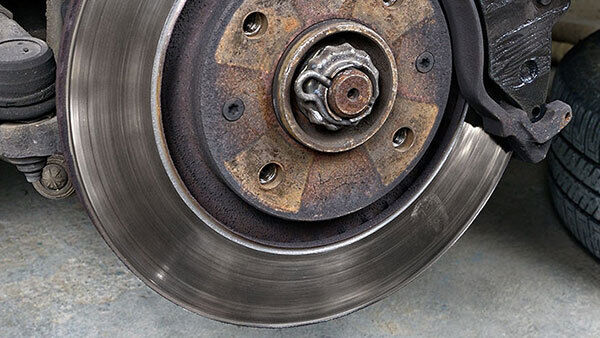Driving with a dirty windshield makes it hard to see the road. That’s a safety issue, especially when driving into the sun or at night when headlights from other vehicles shine on the glass.
The washer fluid tank on most vehicles holds about a gallon of fluid. That doesn’t last long. Be prepared to replenish the washer fluid frequently.
Windshield washer fluid is not the same as household glass cleaner. Windshield washer fluid has alcohol and other additives to help clean road grime. The alcohol keeps the fluid from freezing in cold weather. It also makes the fluid evaporate faster.
Tips and Tricks
- We recommend keeping a jug of washer fluid in your vehicle in case your reservoir runs out while you’re on the road.
- There are many types of windshield washer fluids on the market, including special formulas for melting ice, removing tar and bugs, and rapidly dispersing water. You can also mix your own fluid by using a concentrate.
- When using a concentrate, pay attention to the ratios. The amount of concentrate used per gallon of water dictates the freezing point.
- Windshield washer fluid is toxic. The alcohols used in the fluid are methanol and ethylene glycol (same stuff used in classic green antifreeze). Use a dedicated container for mixing, and always clean up spills, which can be harmful to pets.

Open your vehicle’s hood to locate the washer fluid reservoir cap. It’s typically marked with an icon depicting a windshield with fluid spraying. On some vehicles, it’s labeled, “Washer Fluid Only.”

On older vehicles, it’s easy to find the wiper fluid reservoir. It is commonly mounted in the inner fender or radiator support.
The reservoir on many modern vehicles is mounted on a side of the engine bay where it is harder to see.
Our demo vehicle has a front-mounted reservoir behind the front tire’s splash shield. Our vehicle’s reservoir was about half full.

Most motorists use a ready-to-use washer fluid. That works well for typical use.
There are several types of fluid. The most important factor is freezing point. Check the label and get fluid that is rated for the lowest temperature you’re likely to see. Most commercial mixes are rated to -20 or -30 degrees Fahrenheit.
Water-based fluids will freeze at 32 degrees Fahrenheit, which could crack the plastic reservoir.
The pre-mixed orange fluid on the right has a water-dispersal additive, which clears raindrops faster. The small bottle in the middle is a basic concentrate without additives. The one-gallon jug on the left is filled with distilled water.

We use a mix for general driving uses, with protection against freezing to zero degrees Fahrenheit. That translates to a ratio of six ounces of concentrate to one gallon of water.
Mix thoroughly.

Remove the reservoir cap.

Use a funnel to avoid spills. Carefully pour the fluid into the reservoir until it reaches the “Full” mark. It’s okay to top off the reservoir to the tippy-top.

Reinstall the cap. Wipe up any spillage.

Start your vehicle. Test the wipers to ensure the fluid sprays with a full supply of windshield washer fluid.
Share your feedback
This article is meant to provide general guidance only. Automotive maintenance, repair, upgrade, and installation may depend on vehicle-specifics such as make and model. Always consult your owner's manual, repair guide for specific information for your particular vehicle and consider a licensed auto-care professional's help as well, particularly for advance repairs.









































